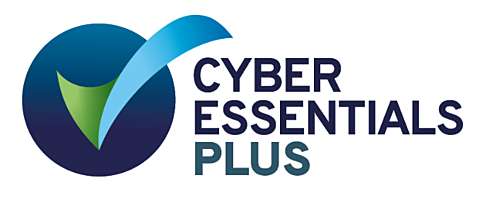Choosing your Covenant Adviser
13 Dec 2021
Conflicted advice
Our client’s covenant provider had just been appointed to provide advice to the sponsoring employer. The Trustee were not happy with the potential conflicts in this and decided it was time to change. The Trustee and the executive support team had limited knowledge of the market for covenant advice, and wanted someone to guide them through the process, make sure they were seeing the right advisers, asking the right questions and avoiding the sales and marketing that can so often obfuscate the realities of working with an adviser.
We were appointed because we can help our clients make a good decision, supported by a process that elicits the information they need to make that decision.
The selection begins
The first step was to help our client understand the market and the options available. We helped them obtain relevant information, not the standard marketing brochures that they received after direct approaches, and segmented the market for them. Broadly, there are the specialists, the consultancies and the large accounting firms. By providing our insights and knowledge of each, we helped the client select the shortlist of firms that represented the best likely match for them.
Through discussion about the market and the providers, we were also able to draw out the elements that were particularly important to the Trustee. This formed the basis of the selection criteria and requirements against which providers would be judged. In this instance, it was an understanding of regulated markets that would set them apart.
A request for proposal was issued, and the responses analysed. This is an area where clients find our input most valuable. We read the responses and provide a summary, which highlights the key strengths and weaknesses of the responses, but also brings our insights and perspectives from outside of the material that has been provided. For example, how does covenant advice fit within Integrated Risk Management.
Next, presentations were held. Surprisingly, the presentations were generally weak, perhaps the market is not used to presenting against the sort of brief that we provided. We want to make sure that our clients see their potential providers in a meeting scenario, so presentation briefings focus more on these attributes and aspects, rather than letting providers drive the agenda, accentuate the positive and gloss over the weaker areas.
Decision time
Our process enabled the Trustee to determine the right provider for them, in terms of the services being provided, their understanding of the client and regulated markets, but, perhaps most importantly, the way they would work with the client.
The thinking and discussion that goes into the requirements, shortlisting and criteria mean that bidders have a much clearer idea of what is wanted from them, and the client receives responses that are geared to what they need.
Key learnings
- Our market commentary provides some insight that clients find useful. We have a full understanding of what they do, and how it fits within Integrated Risk Management and regulatory requirements.
- Putting the effort in at the start of the process, in defining requirements, considering the shortlist and the selection criteria, can reap rewards later in the process.
- Issuing a presentation brief to providers helps to make the most of the time spent with them and avoid a glossy sales pitch.


